The Surveillance State Is Making A Naughty List - And You're On It
Authored by John & Nisha Whitehead via The Rutherford Institute,
“He sees you when you’re sleeping.
He knows when you’re awake.
He knows if you’ve been bad or good,
So be good for goodness’ sake.”
— “Santa Claus Is Coming to Town”
For generations, “Santa Claus Is Coming to Town” has been treated as a playful reminder to children to be good because someone, somewhere, is watching.
Today, it reads less like a joke and more like a warning.
The Surveillance State is making a naughty list, and we’re all on it.

Long before Santa’s elves start loading his sleigh with toys for good girls and boys, the government’s surveillance apparatus is already at work—logging your movements, monitoring your messages, tracking your purchases, scanning your face, recording your license plate, and feeding it all into algorithmic systems designed to determine whether you belong on a government watchlist.
Unlike Santa’s naughty list, however, the consequences of landing on the government’s “naughty list” are far more severe than a stocking full of coal. They can include heightened surveillance, loss of privacy, travel restrictions, financial scrutiny, police encounters, or being flagged as a potential threat—often without notice, explanation, or recourse.
This is not fiction. This is not paranoia.
This is the modern surveillance state operating exactly as designed.
Santa Claus has long been the benign symbol of omniscient surveillance, a figure who watches, judges, and rewards. His oversight is fleeting, imaginary, and ultimately harmless.
The government’s surveillance is none of those things—and never was.
What was once dismissed as a joke—“Santa is watching”—has morphed into a chilling reality. Instead of elves, the watchers are data brokers, intelligence agencies, predictive algorithms, and fusion centers. Instead of a naughty-or-nice list, Americans are sorted into databases, risk profiles, and threat assessments—lists that never disappear.
The shift is subtle but profound.
Innocence is no longer presumed.
Everyone is watched. Everyone is scored. Everyone is a potential suspect.
This is the surveillance state in action.
Today’s surveillance state doesn’t require suspicion, a warrant, or probable cause. It is omnipresent, omniscient, and inescapable.
Your smartphone tracks your location. Your car records your movements. License plate readers log when and where you drive. Retail purchases create detailed consumer profiles. Smart speakers listen to everything you say. Home security cameras observe not just your property, but your neighbors, delivery drivers, and anyone who passes by.
The government’s appetite for data is insatiable.
In a dramatic expansion of surveillance reach, the Transportation Security Administration now shares airline passenger lists with Immigration and Customs Enforcement, enabling ICE to identify and arrest travelers at airports based on immigration status.
In one incident, ICE arrested and immediately deported a college student with no criminal record who was flying home to spend Thanksgiving with her family.
What was once routine aviation security data has been transformed into an enforcement tool—merging civilian travel records with the machinery of deportation and demonstrating how ordinary movements can be weaponized by the state.
Even the most personal acts—like Christmas shopping—are now tracked in real time. Every item you buy, where you buy it, how you pay, and who you buy it for becomes part of a permanent digital record. That data does not stay confined to retailers. It is shared, sold, aggregated, and folded into sprawling surveillance ecosystems that blur the line between corporate data collection and government intelligence.
Companies like Palantir specialize in fusing these data streams into comprehensive behavioral profiles, linking financial activity, social media behavior, geolocation data, and government records into a single, searchable identity map.
The result is not merely a government that watches what you’ve done but one that claims the power to predict what you will do next.
It is a short step from surveillance to pre-crime.
While predictive policing and AI-driven risk assessments are marketed as tools of efficiency and public safety, in reality, they represent a dangerous shift from punishing criminal acts to policing potential behavior.
Algorithms—trained on historical data already shaped by over-policing, bias, and inequality—are now used to predict who might commit a crime, who might protest, or who might pose a “risk.” Even the way you drive—where you came from, where you were going and which route you took—is being analyzed by predictive intelligence programs for suspicious patterns that could get you flagged and pulled over.
Once flagged by an algorithm, individuals often have no meaningful way to challenge the designation. The criteria are secret. The data sources opaque. The decisions automated.
Accountability disappears.
This isn’t law enforcement as envisioned by the Founders. This is pre-crime enforcement—punishing people not for what they’ve done, but for what an AI machine predicts they might do.
At the same time, President Trump has openly threatened states that attempt to regulate artificial intelligence in order to protect citizens from its discriminatory and intrusive uses—seeking to clear the way for unchecked, nationwide deployment of these systems.
No government initiative has done more to normalize, expand, and entrench mass surveillance than the Trump administration’s war on immigration.
The Trump administration’s war on immigration has become the laboratory for the modern surveillance state.
Under the guise of border security, vast stretches of the country have been transformed into Constitution-free zones—places where the Fourth Amendment is treated as optional and entire communities are subjected to constant monitoring.
The federal government has transformed immigration policy into a proving ground for authoritarian surveillance tactics—testing tools, technologies, and legal shortcuts could be deployed with minimal public resistance and quietly repurposed for use against the broader population. As journalist Todd Miller warned, these areas have been transformed into “a ripe place to experiment with tearing apart the Constitution, a place where not just undocumented border-crossers, but millions of borderland residents have become the targets of continual surveillance.”
Through ICE and DHS, the government fused immigration enforcement with corporate surveillance technologies—facial recognition, license-plate readers, cellphone tracking, and massive data-sharing agreements—creating a sprawling digital dragnet that now extends far beyond immigrants.
What began as a policy aimed at undocumented immigrants has now become a model for nationwide surveillance policing.
“What’s new,” reports the Brennan Center for Justice, “is that the federal government now openly says it will use its supercharged spy capabilities to target people who oppose ICE’s actions. Labeled as ‘domestic terrorists’ by the administration, these targets include anti-ICE protesters and anyone who allegedly funds them—all of them part of a supposed left-wing conspiracy to violently oppose the president’s agenda.”
The critical point is this: the surveillance infrastructure developed to track immigrants is now used to monitor everyone. Immigration enforcement served as the justification, the infrastructure, and the legal gray zone needed to create a permanent surveillance apparatus that treats all Americans as potential suspects.
All of this adds up to an algorithmic naughty list.
Government watchlists have exploded in size and scope.
Terrorist watchlists, no-fly lists, gang databases, protester tracking systems, and “suspicious activity” registries operate with little oversight and even less transparency.
People can be added to these lists without notification and can remain there indefinitely. Errors are common. Corrections are rare.
Social media posts are mined. Associations are mapped. Speech is scrutinized. Peaceful dissent is increasingly treated as a precursor to extremism.
The government’s watchlists aren’t just opaque databases hidden from public view. They are becoming public-facing instruments of political classification. Internal Justice Department memoranda now direct the FBI to compile lists of groups and networks it categorizes as possible domestic extremists, broadening counter-terror tools to sweep in ideological opponents and organizations without clear statutory definitions.
At the same time, the White House has launched an official “Offender Hall of Shame”—a public naughty list of journalists and media outlets it accuses of bias—even briefly circulating a video styled like Santa putting together a naughty list of offenders before deleting it amid backlash.
In this system, being “good” no longer means obeying the law. It means staying under the radar, avoiding attention, and never questioning authority.
The chilling effect is the point.
Once upon a time, privacy was recognized as a fundamental liberty—an essential buffer between the individual and the state. Today, it’s a conditional privilege, granted temporarily and revoked when it suits the police state’s purposes.
Under the banner of national security, public health, and law and order, surveillance powers continue to expand. Biometric identification—facial recognition, gait analysis, voice prints—are normalized.
What was once unthinkable has become routine.
Americans are being conditioned to accept constant monitoring as the price of safety. That resistance is suspicious. That anonymity is dangerous.
Yet history teaches us the opposite: societies that normalize surveillance do not become safer—they become more authoritarian.
A government that sees everything, everywhere, all the time, will eventually control everything.
The Founders understood this. That is why they enshrined protections against unreasonable searches and unchecked power. They knew liberty couldn’t survive under constant surveillance.
When the government knows where you go, what you buy, what you say, who you associate with, and what you believe, freedom becomes conditional.
This Christmas, we might joke about Santa watching from the North Pole, but we should be far more concerned about the watchers much closer to home.
The surveillance state doesn’t take a holiday. It doesn’t sleep. It doesn’t forget. And it doesn’t forgive easily.
So you see, the question is not whether we are being watched. We are.
The question, as I make clear in my book Battlefield America: The War on the American People and in its fictional counterpart The Erik Blair Diaries, is whether we will continue to accept a system that treats every citizen as a suspect—and whether we will reclaim the constitutional limits that once stood between liberty and the all-seeing state.
Views expressed in this article are opinions of the author and do not necessarily reflect the views of ZeroHedge.
Tyler Durden
Tue, 12/23/2025 - 23:25
he following graph shows the year-over-year change through September 2025, in the seasonally adjusted Case-Shiller Composite 10, Composite 20 and National indices (the Composite 20 was started in January 2000). The Case-Shiller Home Price Indices for "September" is a 3-month average of July, August and September closing prices. September closing prices include some contracts signed in May, so there is a significant lag to this data.





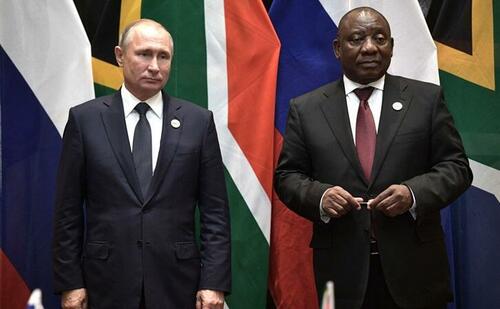
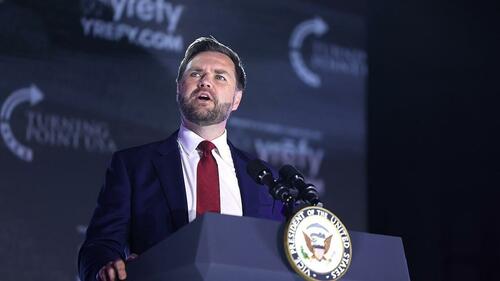
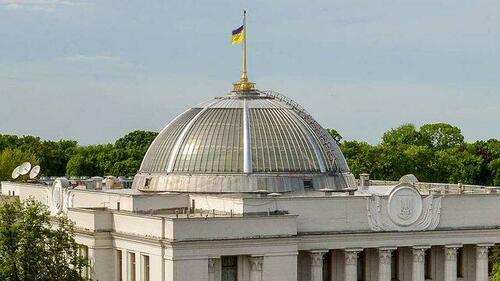 via Interfax
via Interfax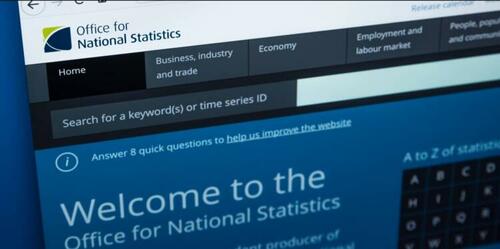
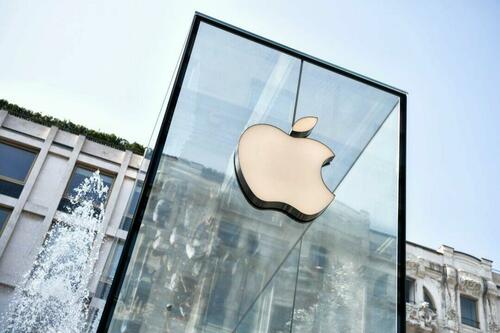 A general view of the first Italian flagship Apple store in Milan on July 26, 2018. Piero Cruciatti/AFP/Getty Images
A general view of the first Italian flagship Apple store in Milan on July 26, 2018. Piero Cruciatti/AFP/Getty Images


 24K-Production/Shutterstock
24K-Production/Shutterstock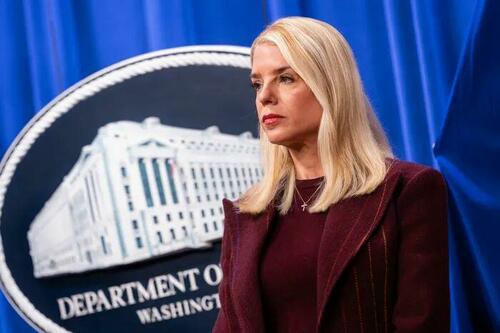 Photo: Eric Lee/Bloomberg via Getty Images
Photo: Eric Lee/Bloomberg via Getty Images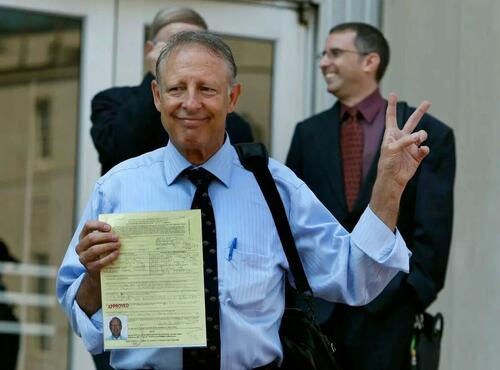 Dick Heller, plaintiff in the Supreme Court case Heller v. District of Columbia, gestures while holding his newly approved gun permit at the District of Columbia Police Department on Aug. 18, 2008. Mark Wilson/Getty Images
Dick Heller, plaintiff in the Supreme Court case Heller v. District of Columbia, gestures while holding his newly approved gun permit at the District of Columbia Police Department on Aug. 18, 2008. Mark Wilson/Getty Images Source: Israel National News
Source: Israel National News (Pretend that's in Mandarin)
(Pretend that's in Mandarin) The xAI and Grok logos are seen in an illustration photo on Feb. 16, 2025. Dado Ruvic/Reuters
The xAI and Grok logos are seen in an illustration photo on Feb. 16, 2025. Dado Ruvic/Reuters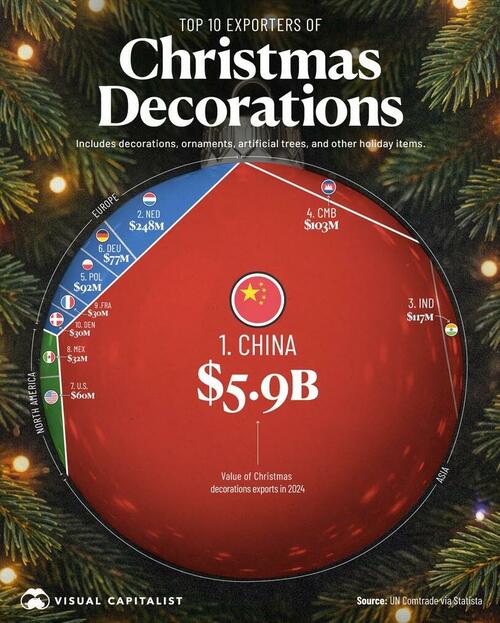
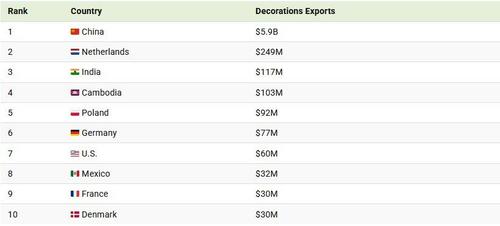

Recent comments